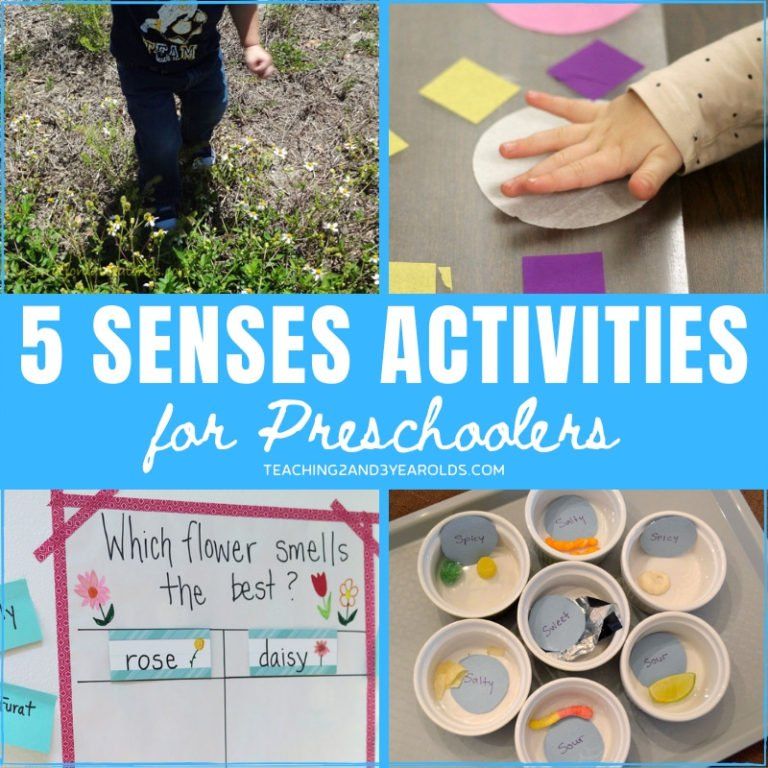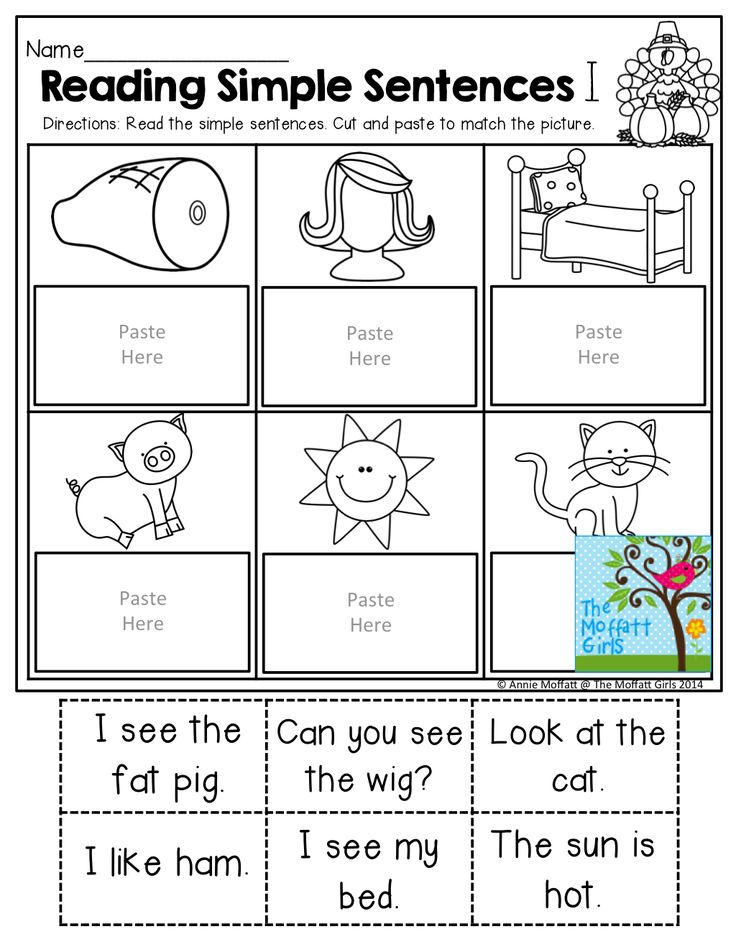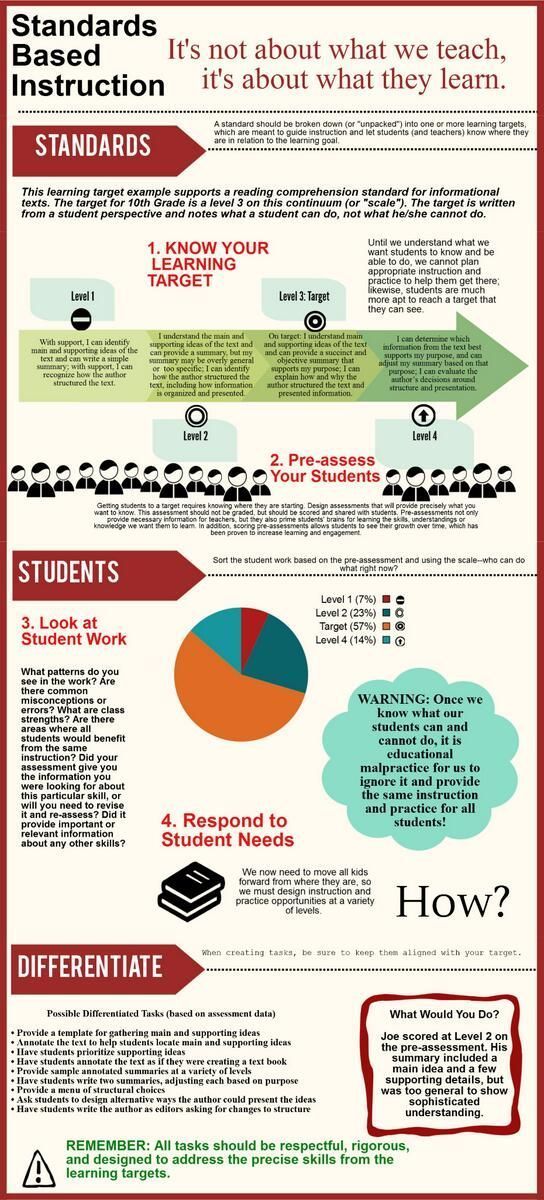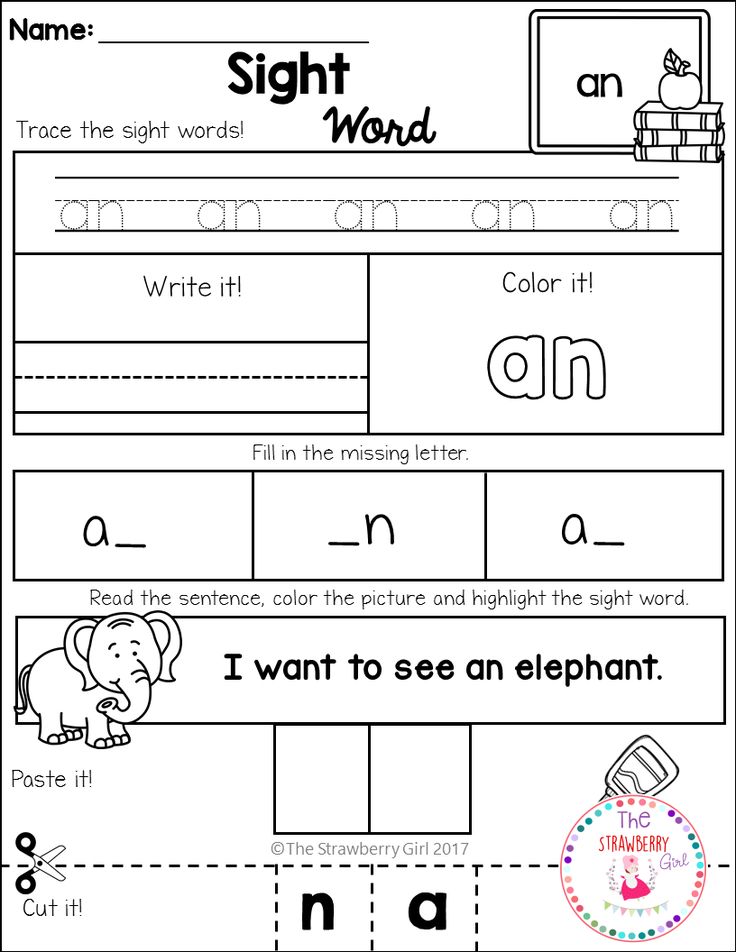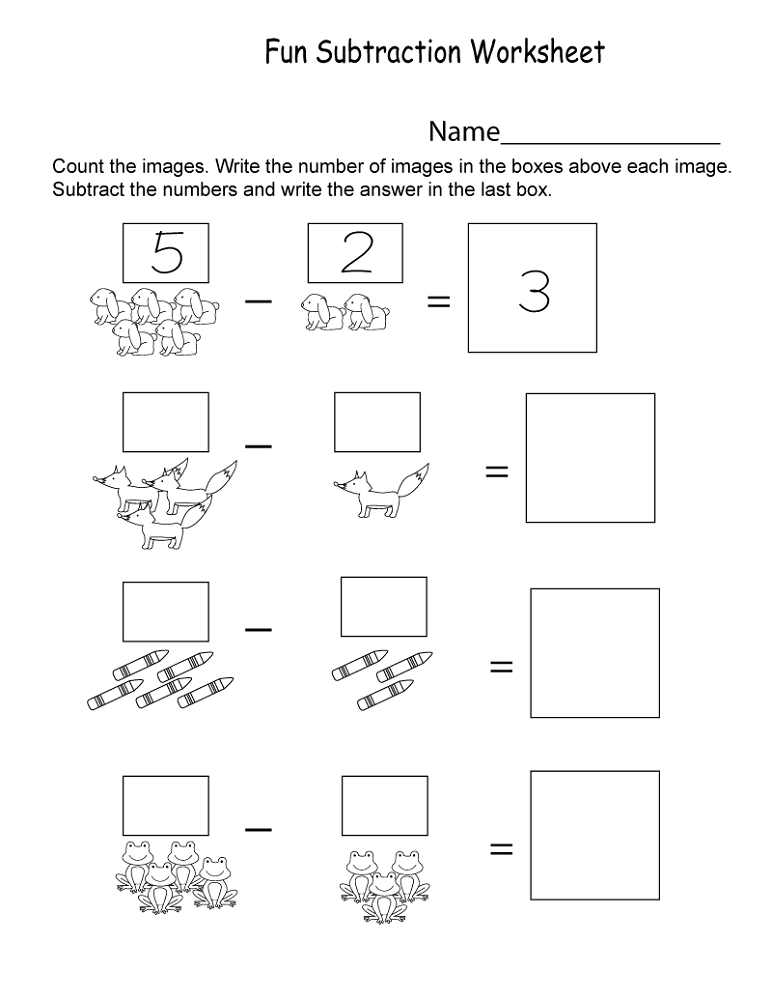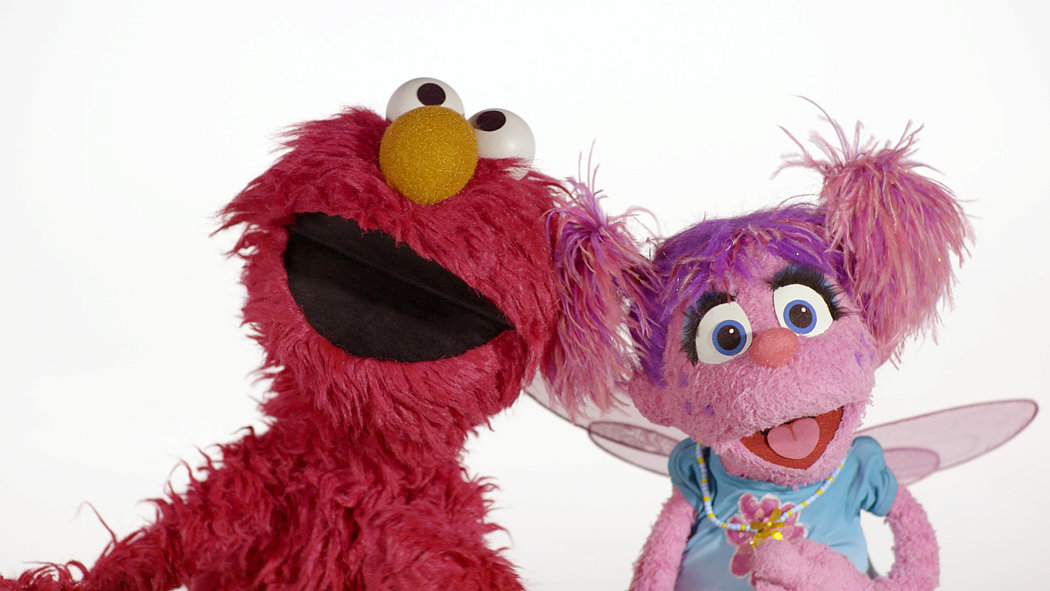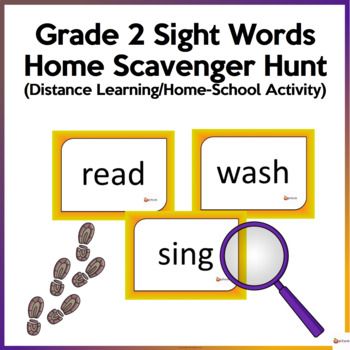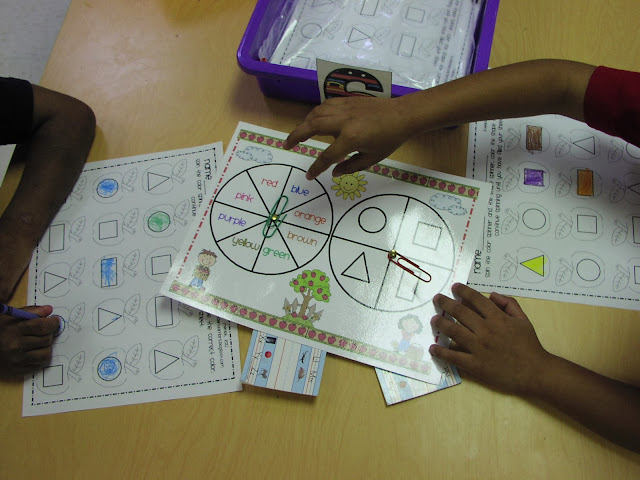How do you spell learn
Learning to spell for adults and mature learners
Not all adults have perfect spelling skills. In fact, many have developed bad spelling habits over the years. This is even more so the case today given the nature of communication on social media networks and mobile texting.
Abbreviations are common in order to save space in posts and message chains and people ignore English capitalization and punctuation rules. It’s also the case that individuals who left school early may simply have missed out on learning how to spell in the first place.
And while spelling is only one aspect of productive language knowledge, it tends to be a rather obvious one. You may not know what a word means, but when you misspell something, everyone notices.
Spelling is not a reflection of intelligence. Nonetheless, it is still necessary to know how to spell in order to be successful in academic and work endeavours. Having poor spelling skills in English can cause an adult to be judged negatively by others.
They may lose out on job or career advancement opportunities and often will experience feelings of embarrassment and low self-esteem. Worse still, poor spelling skills can cause individuals not to reach their full potential at school.
This is because when a young adult finds certain words hard to spell, they may rely on more common and less specific vocabulary in writing, or avoid writing altogether. Their written work can appear over-simplified and may not reflect the true extent of their vocabulary.
While it may be embarrassing to practice spelling as an adult, an intervention is often required as it is not a skill that will fix itself. Learning to spell involves targeted work, including repetition and transcription exercises.
Enrollment in a basic adult education course at a local school is recommended, particularly if poor reading skills are also a factor.
Individuals who can’t spell may also wish to sign up for an adult spelling course or use a program or app that runs on a home computer.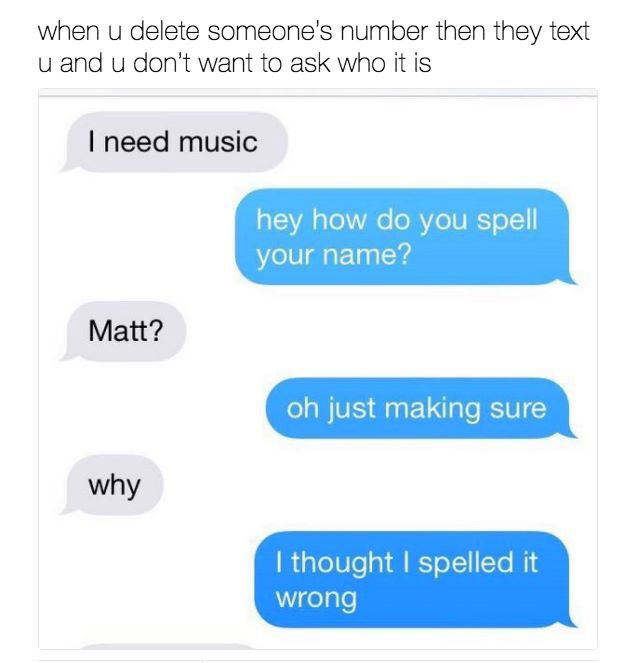
It's even possible to learn how to spell and acquire a new skill at the same time! This is the case with mastering touch-typing using Touch-type Read and Spell (TTRS). Originally developed to help learners with dyslexia, it takes a unique whole-word approach and teaches spelling together with typing.
Learning spelling as an adult vs. as a child
Because English spelling is so irregular, children learn spelling at school. Some even compete in spelling bees, which are competitions that cover some of the hardest to spell words in the English language.
However, for adults it is assumed that they already learned the spelling of most words at school. Thus when it comes to people working in specialized fields, there isn’t always the same level of attention to subject and domain specific vocabulary, which may prove problematic.
Again, that’s where Touch-type Read and Spell can help. You can create your own modules that contain the relevant vocabulary you need to practice.
Moreover, most children learn how to spell at the same time as they learn new words.
This means their spelling skills develop along with their vocabulary. On the other hand, an adult with poor spelling skills may have a wide knowledge of spoken language but experience difficulty when it comes to writing down all of the words he or she knows.
An adult who is learning English as a second language can have trouble with English spelling due to the lack of 1:1 sound letter correspondence. In other words, there are many ways of writing the same sound in English.
Spelling is even further complicated if the adult learner’s native language does not have a specific letter, or if it uses a different alphabet.
Reading and spelling skills are related, as spelling is part of the sound-letter mapping children need to decode words.
But while children learn at school, adults may need to be taught how to learn spelling. This can involve mastering memory tricks or understanding that repetition and multi-sensory learning can improve retention.
Specific learning difficulties
Fear of being exposed for bad spelling, reading or writing habits can keep many adults from improving their skills. But sometimes an adult’s struggles with spelling are the result of an undiagnosed learning difficulty that caused them to miss out on crucial early literacy skills or to leave school due to frustration with reading and writing in the classroom.
These individuals can highly benefit from addressing their specific learning difficulty and learning strategies that will help them overcome literacy roadblocks and improve spelling, no matter what their age.
DyslexiaDyslexia can manifest in different ways, but it's common for it to cause spelling difficulties rooted in a lack of phonological awareness. Luckily, there are strategies that can help dyslexic adults learn how to spell.
DyspraxiaAs opposed to dyslexia, dyspraxia is more related to planning and fine motor skills interruption.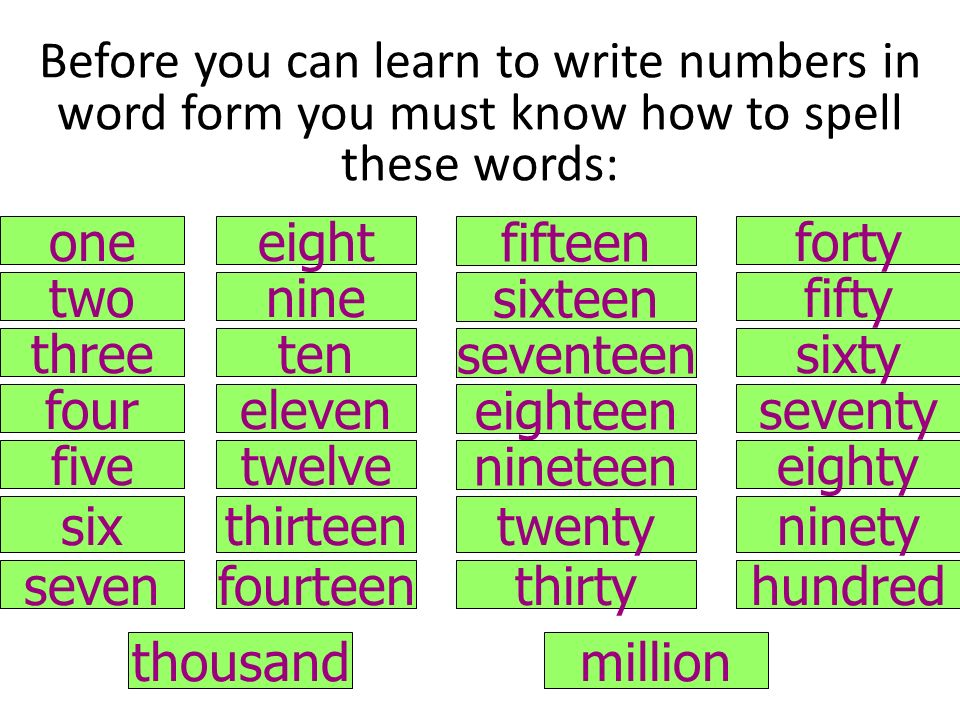 However, it can cause problems when it comes to writing words out by hand. Without ample practice writing, an individual may develop poor spelling skills. That’s why learning how to type is an excellent solution for dyspraxic individuals who are looking to improve their skills.
However, it can cause problems when it comes to writing words out by hand. Without ample practice writing, an individual may develop poor spelling skills. That’s why learning how to type is an excellent solution for dyspraxic individuals who are looking to improve their skills.
Handwriting difficulties may be a result of dysgraphia, a condition that makes it difficult and sometimes even painful to write by hand. An individual who has avoided writing for most of his or her life is likely to have underdeveloped spelling skills.
ADHDIndividuals with attention difficulties may find it difficult to focus and can have trouble sitting still. This makes it hard to concentrate during writing activities, particularly when it comes to learning spelling rules. Tactile learning via touch-typing can be a solution in these cases.
Spelling tips
- Know the rules. They aren’t consistent and there are plenty of exceptions, but it’s still worth learning some spelling rules in English.
 When you learn a rule, be sure to review a set of common examples that demonstrate it, as well as words that break the rule. You may decide to pick up a page of English text and underline all of the words that conform to the rule. When you’re done, look for the exceptions, as you are sure to find a few!
When you learn a rule, be sure to review a set of common examples that demonstrate it, as well as words that break the rule. You may decide to pick up a page of English text and underline all of the words that conform to the rule. When you’re done, look for the exceptions, as you are sure to find a few!
- Study Dolch Words. Also called Sight Words, these are among the most frequent words in English and account for up to 50% of most texts. They include prepositions, verbs, adjectives, articles and adverbs and overlearning them will allow you to spend more time learning the spelling of harder, less frequent vocabulary.
- Recognize prefixes and suffixes. When one or two letters appear at the start of a word and change the meaning in a consistent way, it is called a prefix. For example, re- means to do something again, such as review, regenerate, reiterate.
 A suffix added to the end of a word functions in a similar way. For example, we use –s or –es to make a noun plural. English is full of common suffixes and prefixes that you can learn. Familiarizing yourself with them will help you to see the various parts of a word and improve your spelling.
A suffix added to the end of a word functions in a similar way. For example, we use –s or –es to make a noun plural. English is full of common suffixes and prefixes that you can learn. Familiarizing yourself with them will help you to see the various parts of a word and improve your spelling.
- Read as often as you can. Every language has common combinations of consonants and vowels. The more you read, the more you will be exposed to them and the more familiar they will become. It’s easier to learn the spelling of a word that you already recognize.
- Look for patterns. The human brain is very good at spotting patterns. If you present it with examples of words that contain a similar letter combination, you can learn English spelling rules indirectly. Try taking a highlighter and underlining words with the same or similar spelling across a newspaper page. Next, see if you can write out a rule that describes what you see. Acquiring rules in this way makes them easier to remember, thanks to the extra cognitive energy you expend figuring them out on your own.
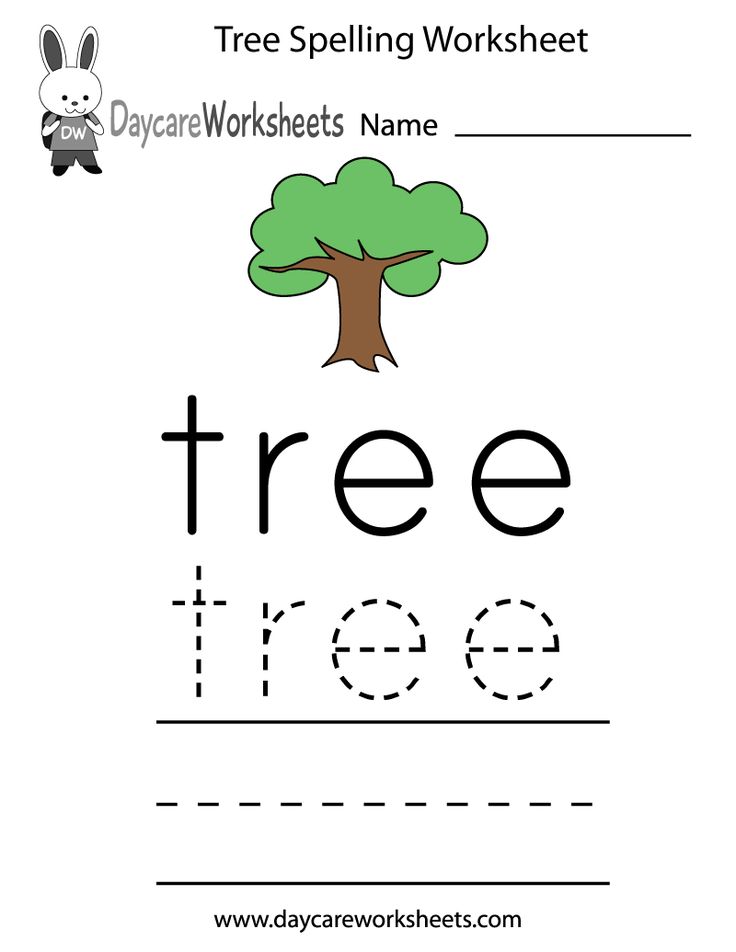
- Use mnemonics. Hard to spell words can sometimes lend themselves to visual or auditory cues that create a more robust memory. For example, the word Wednesday can be tricky to spell because the d is silent. To help you spell it correctly, you might picture a bride and think that she is to be wed on Wednesday.
- Spell out loud. Sometimes spelling a word aloud can make it easier for people with learning difficulties who struggle to put letters down on paper. Create a list of words that you want to learn and practice spelling them while you are in the shower or on your way to work. Speaking them and hearing yourself say each letter will create auditory memories that are especially helpful for individuals who are not visual learners.
- Research the origin of words. English is a Germanic language but it has adopted vocabulary from various other languages that it came into contact with over the years.
 For example, it contains plenty of words of French origin thanks to the Normans having ruled England for a few hundred years. When you research where a word comes from, you may see similar spelling patterns for other words with the same origin, such as Greek words, which tend to be found in science related vocabulary.
For example, it contains plenty of words of French origin thanks to the Normans having ruled England for a few hundred years. When you research where a word comes from, you may see similar spelling patterns for other words with the same origin, such as Greek words, which tend to be found in science related vocabulary.
- Take a multi-sensory approach. When you learn the spelling of a word and encode it physically, as is the case in handwriting or touch-typing, you are adding muscle memory to the process. The more you generate a word, the more likely it is that you automatize its spelling.
Touch-typing and spelling
A touch-typing course is often a great idea for adults who want to improve their skills. That’s because typing entails repeatedly producing words on a keyboard while seeing and hearing them read aloud. This process encodes spelling patterns in a multi-sensory way and enhances recognition of common letter combinations.
Learn more
Plus, touch-typing is a skill that opens up job and academic opportunities and can be mastered in as little as a few weeks.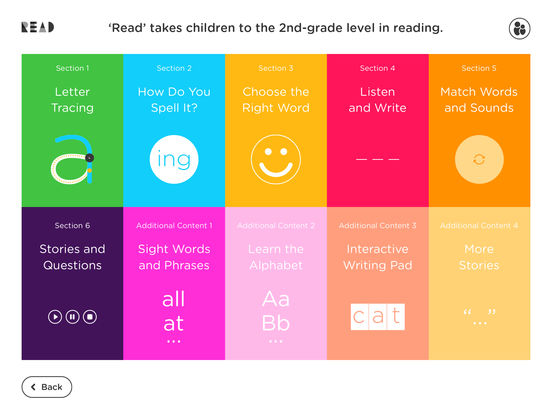 When the course is modular, such as is the case with the Touch-type Read and Spell program, it’s also convenient for a busy adult who is juggling work and family life and needs to move through the material at his or her own pace. The best part is it's a way of improving spelling skills without calling attention to ability, as the focus is on typing.
When the course is modular, such as is the case with the Touch-type Read and Spell program, it’s also convenient for a busy adult who is juggling work and family life and needs to move through the material at his or her own pace. The best part is it's a way of improving spelling skills without calling attention to ability, as the focus is on typing.
Do you have any tips for adults who are learning how to spell? Join the discussion in the comments!
Five Guidelines for Learning Spelling and Six Ways for Practicing Spelling
Five guidelines for learning to spell
Practice makes permanent
Did somebody tell you practice made perfect? That's only if you're practicing it right. Each time you spell a word wrong, you're 'practicing' the wrong spelling. So, if you're not sure how to spell the word, find out, then practice that spelling. Keep an ongoing notebook of words, so you've got your own personal dictionary and you can see your progress. Start small, though!
Don't try to learn all the words at once
Even if you learn them all in one sitting, practice them a few at a time.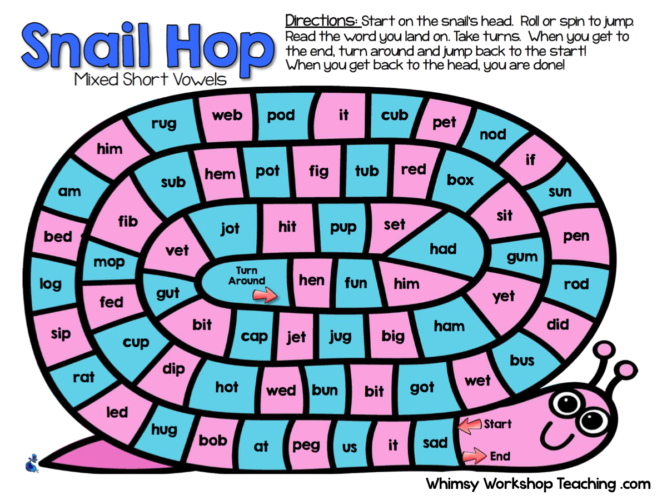 Find out what works best for you — it may be one or two words or as many as three or four. Then, add another word to your list, or start on different ones. Each time you learn another word, go back and practice the ones you learned before it, because, after all, practice makes permanent.
Find out what works best for you — it may be one or two words or as many as three or four. Then, add another word to your list, or start on different ones. Each time you learn another word, go back and practice the ones you learned before it, because, after all, practice makes permanent.
Review, and review some more!
If you already know some of the words on your list, practice them once or twice each before you start tackling the ones you don't know yet. It's a good confidence booster (and besides, practice makes permanent).
Practice spelling as if you expect to spell those words right when you're writing
There's more to learning to spell than passing a spelling test. There are lots of ways to get from guessing to knowing what to write down on a test, AND spelling words right when you're writing sentences and paragraphs. You want to train your hands to write the correct letters in the right order when you think a certain word. Use the "six ways to practice spelling" listed here.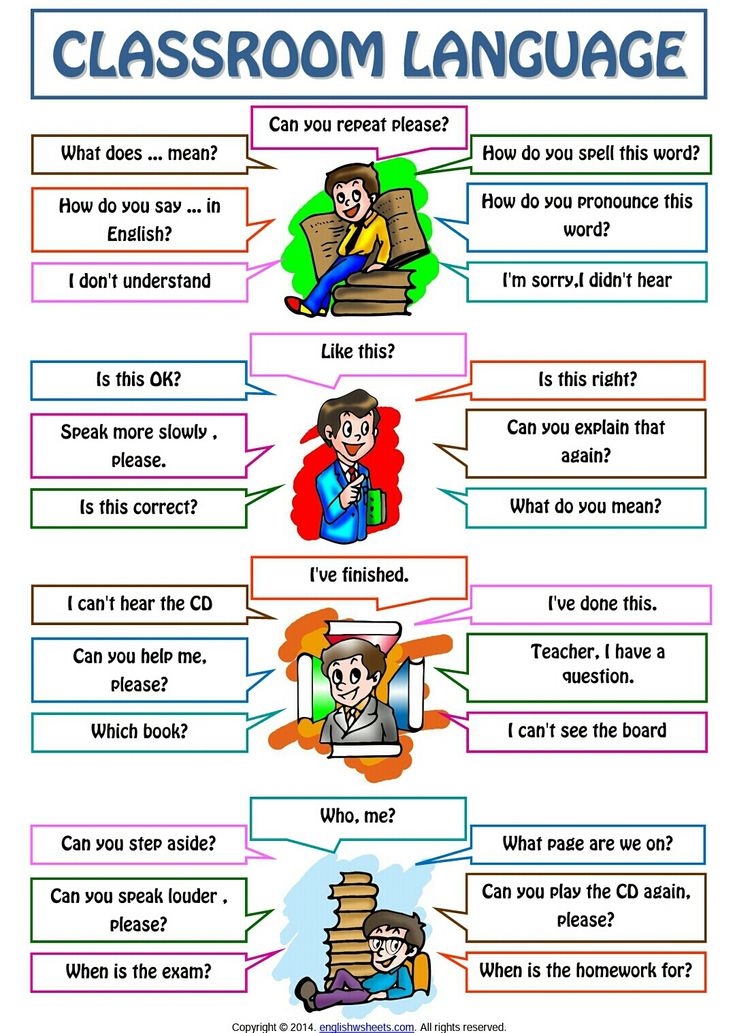
Use the words you've practiced
That's the point to learning them, anyway. Have a list of words you're learning handy, in a notebook, and you can look them up to make sure you're spelling them right. Besides, using them is practicing them, and practice…you know…makes permanent.
Six ways to practice spelling
Trace, copy and recall
Make a chart like this with 3 or four spelling words you want to learn:
Then fold over the "recall" part so that only the first two columns show:
Then,
- Say the word to yourself.
- Trace it in the first column, saying the letters as you trace. Say the word again. You might put a little rhythm into it, "WORD. W – pause – O – pause – R-D. WORD!" (Remember, the goal here is to remember how to spell the words, not to successfully follow these directions.)
- Go to the second column, say the word, and write it the same way.
- While the rhythm and the sound and the feeling are fresh in your mind, flip the paper over and say the word and spell it out — the same way, saying each letter (because, after all, practice makes permanent).
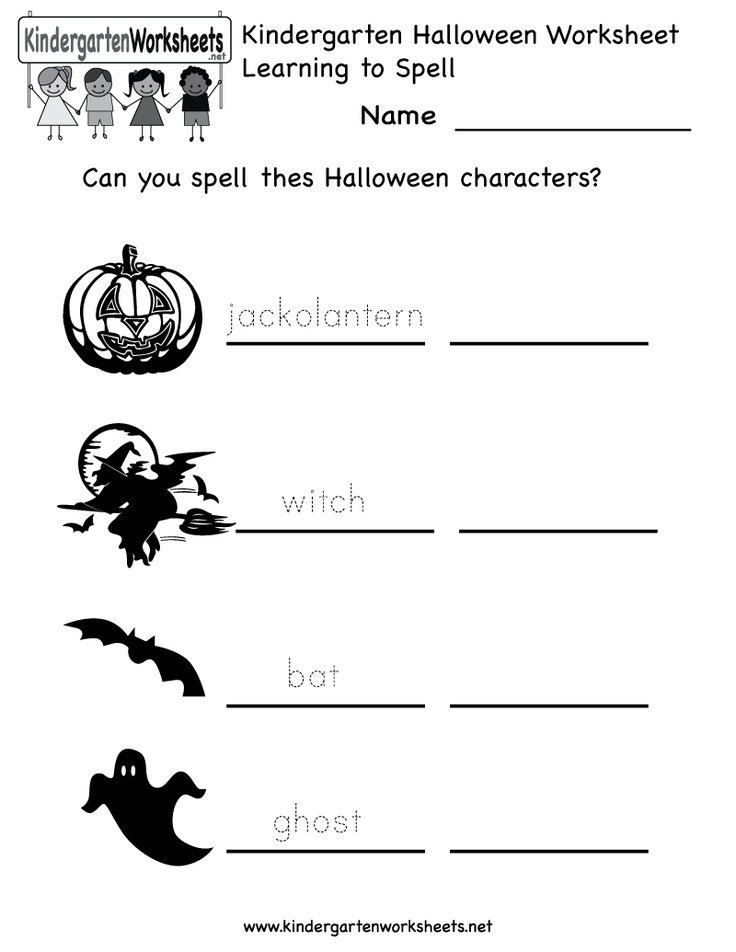
- If it's a hard word, put it on the list more than once. If you're feeling particularly smart, trace and copy TWO words, and try to remember them both before you flip the page over. However, if your short-term memory isn't big enough to hold all that, do one at a time because you want to practice the words RIGHT, not make guesses!
- After you've done all the words this way a few times, start doing them two or three at a time, and when you feel like you know them, do the list again — but skip the tracing, or, when you're feeling VERY confident, skip the tracing and the copying both.
Reverse chaining by letter
- Say the word. Then write it, saying each letter (be enthusiastic and expressive)
- W - O - R - D
- Skip a line and say it and write it again — minus the last letter. Say the last letter, but don't write it.
- W - O - R - ____
- Skip a line and say it and write it again — minus the last two letters.
 Say them, but don't write them.
Say them, but don't write them. - W - O - ___ ____
- Do that until you're only writing one letter.
- Go back to the top. Read the word, then spell it out loud.
- Fold the page over so you can't see the whole word. Say the word, spell it, and add that last letter.
- Fold the page back again. Say the word, spell it, and add the last two letters.
- Keep going until you spell the whole word.
- GO BACK AND CHECK — make sure you didn't leave out a letter.
Reverse chaining by syllable
This is harder, for longer words.
- Say the word. Then write it, saying each letter (be enthusiastic and expressive)
- S-E-P-A-R-A-T-E
- Skip a line and say it and write it again — minus the last syllable. Say the last syllable and spell it out loud, but don't write it.
- S-E-P-A-_________
- Continue until you aren't writing anything — but still say the spelling out loud.
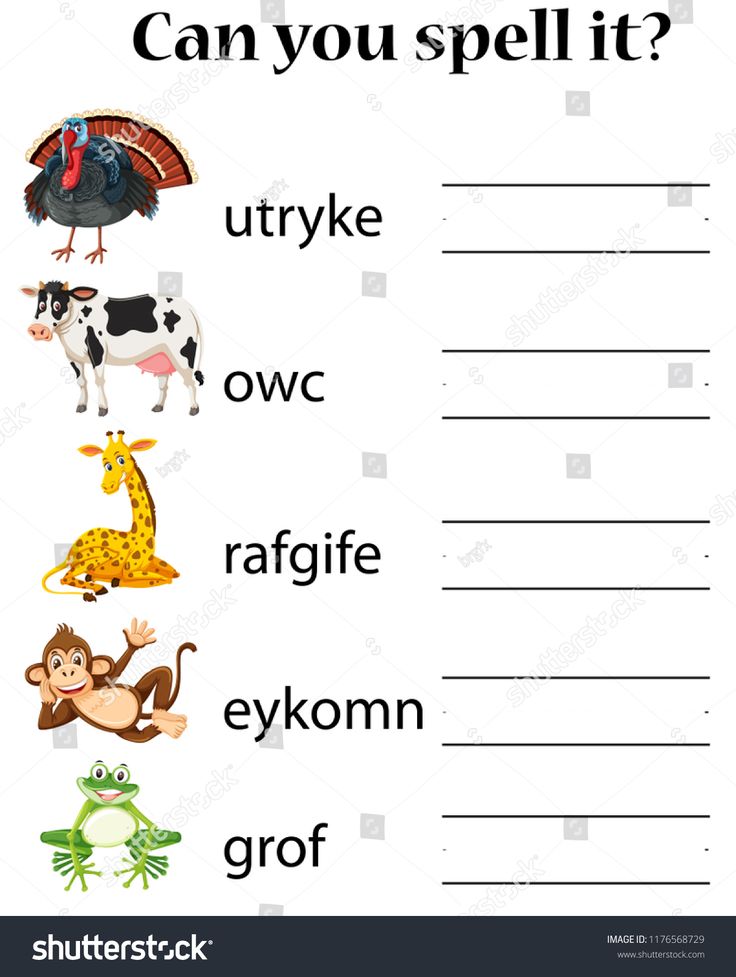
- Go back to the top. Read the word, then spell it out loud.
- Fold the page over so you can't see the whole word. Say the word, spell it, and add the last syllable.
- Fold the page back again. Say the word, spell it, and add the last two syllables.
- Continue until you spell the whole word.
- GO BACK AND CHECK — make sure you didn't leave out any letters.
- should
- shoul__
- shou__ __
- sho __ __ __
- sh__ __ __ __
- s __ __ __ __ __
- __ __ __ __ __ __
Highlighting the hard parts
Some words, like separate, are only hard in some parts. You might be getting these right on a test — but always spelling them WRONG when you write, frustrating you and your teachers to no end. And since practice makes permanent, every time you practice it wrong you're making it more likely you'll write it wrong the next time. Here's something to help you focus on the troublesome part.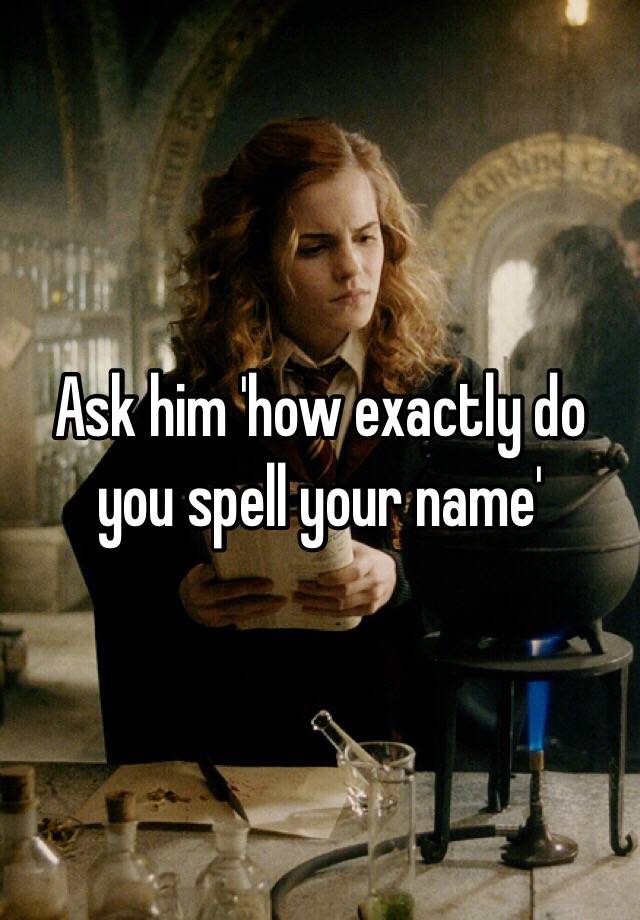
This is also a good technique for learning rules and patterns. If you want to learn a bunch of IE words — that "I before E" rule that so many people find so hard to use — this is a good way to do it.
Get different color pens or pencils or markers, and index cards. Write the words vividly, boldly on the cards — and make the 'hard part' a different color than the rest… maybe with stripes on the letters. Make a mental picture of that card, read the word aloud and spell it aloud, and change the way you say the "hard part," maybe saying it louder, maybe putting on a British accent. So, you'd write:
sepArate believe
relieve grieve achieve
When you write the whole word, think about the hard part, what it looks like or sounds like. So, while you're writing "separate," you might be thinking "sep-AY-rate" and/or visualizing that bold, red A.
Again, the keys here are to NOT overwhelm your brain — don't try to learn 5 words at a time like this unless you've got an amazing visual memory.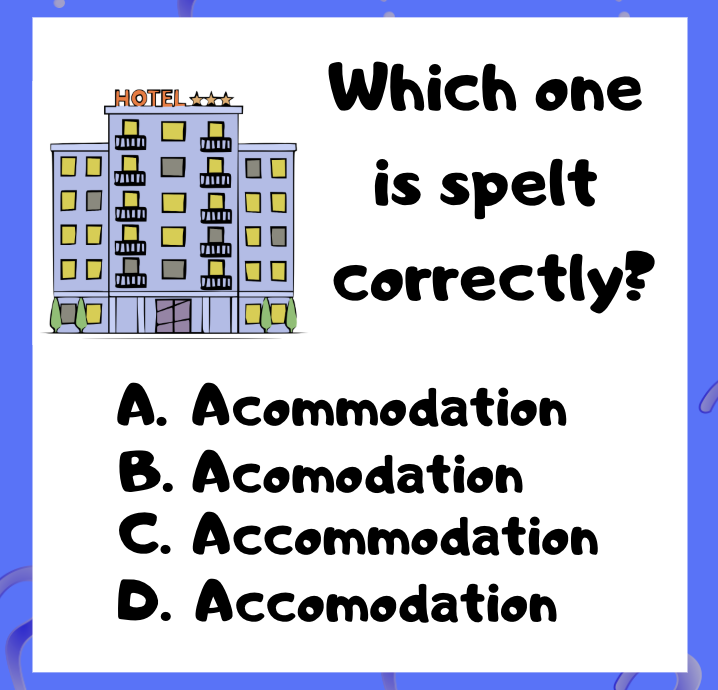 Better to do one word 5 times — and start spelling it right in your writing.
Better to do one word 5 times — and start spelling it right in your writing.
Use a tape recorder to test yourself, and to practice using words
Read the words — be sure you're pronouncing them right — into a tape recorder. Record it like it's a spelling test: word, example sentence, word. For example, you'd say "Separate. Put the papers in separate piles. Separate. Spelled s - e - p - a - r - a - t - e." Play it back — and try to say the spelling before the tape plays it.
Practice using the words in short phrases
If separate is the word, see if you can think of 5 different phrases with the word and write them out. Let's see… separate rooms, separate cars, separate houses, A Separate Peace, separate the pages. Or, try to use 20 of your words in the same story. Get silly — have fun with the words!
How to spell learn? - check spelling
To find out how this word is spelled, you need to determine what part of speech this word is.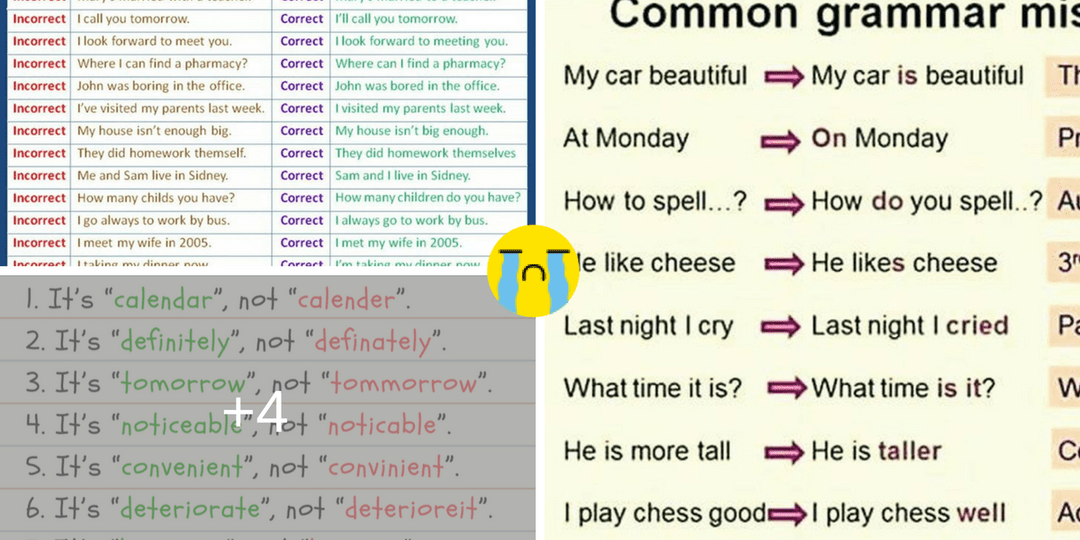 Next, find the rule of the Russian language, which determines the spelling. Let's figure it out.
Next, find the rule of the Russian language, which determines the spelling. Let's figure it out.
Correct spelling:
"LEARN"
Few people can pass this test in Russian the first time! Try your hand!
Other spellings of the word
Here we give all possible forms of the word, declension by cases (if possible from the point of view of the rules of Russian), singular and plural of the word learn
Basic form of the word LEARN
Infinitive:
learn
| Face | Unit number | Mn. number |
|---|---|---|
| 1 | learn | learn |
| 2 | learn | learn |
| 3 | will learn | learn |
| Unit number | Mn. number number | ||
|---|---|---|---|
| male | women | avg. | |
| learned | learned | learned | learned |
| Unit number | Mn. number |
|---|---|
| learn | learn |
| present | past |
|---|---|
| - | having learned, having learned |
| Unit number | Mn. number | |||
|---|---|---|---|---|
| male genus | Female genus | Neutral | ||
| Im. | learned | learned | learned | learned |
| Gen. | learned | learned | learned | learned |
| Ref. | who learned | learned | who learned | learned |
Vinit. shower | learned | learned | learned | learned |
| Vinit. inanimate | learned | learned | learned | learned |
| Tv. | learned | learned, learned | learned | learned |
| Prev. | learned | learned | learned | learned |
| Cr. incl. | - | - | - | - |
| Unit number | Mn. number | |||
|---|---|---|---|---|
| male genus | Female genus | Neutral | ||
| Im. | learned | learned | learned | learned |
| Gen. | learned | learned | learned | learned |
Ref. | learned | learned | learned | learned |
| Vinit. shower | learned | learned | learned | learned |
| Vinit. inanimate | learned | learned | learned | learned |
| Tv. | learned | learned, learned | learned | learned |
| Prev. | learned | learned | learned | learned |
| Cr. incl. | learned | learned | learned | learned |
Sample sentences with the word "learn"
Let's learn Italian words!
By the way, they are the ones who most often ask how learn german.
How do you spell teach? - check spelling
If you want to know how a word is spelled correctly, you need to determine what part of speech this word is.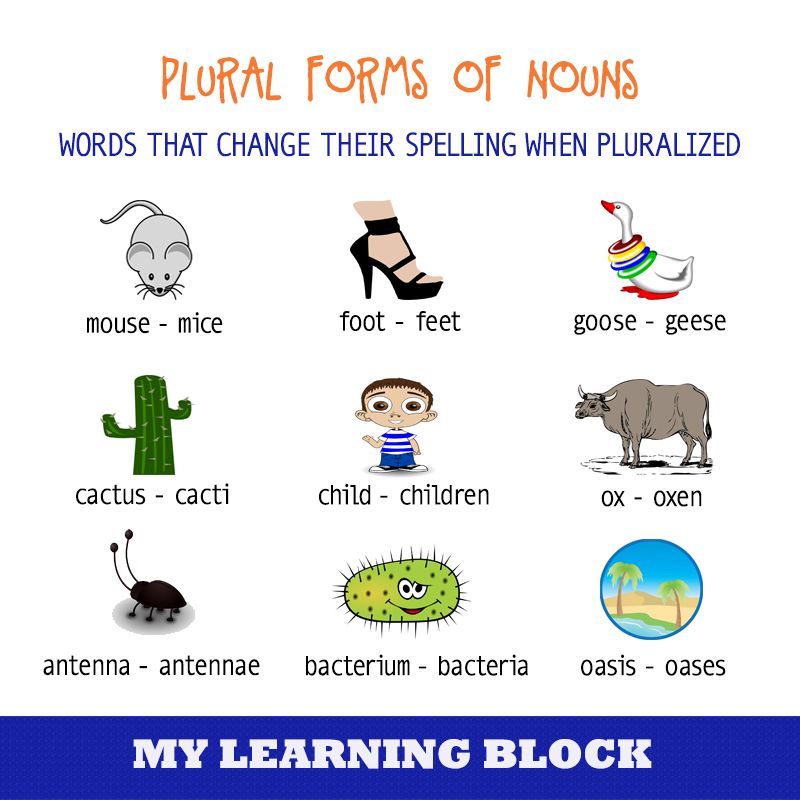 Then find the rule of the Russian language, which determines the spelling. Let's figure it out.
Then find the rule of the Russian language, which determines the spelling. Let's figure it out.
Correct spelling:
"TO TEACH"
Few people can pass this test in Russian the first time! Try your hand!
Other spellings of the word "to learn"
In this section we give all forms of the word, declension by cases (if possible from the point of view of Russian rules), singular and plural of the word "uchat"
Basic form of the word "UTCH"
Infinitive
learn
| Face | Unit number | Mn. number |
|---|---|---|
| 1 | teaching | learning |
| 2 | learning | learn |
| 3 | teaches | teach |
| Unit number | Mn.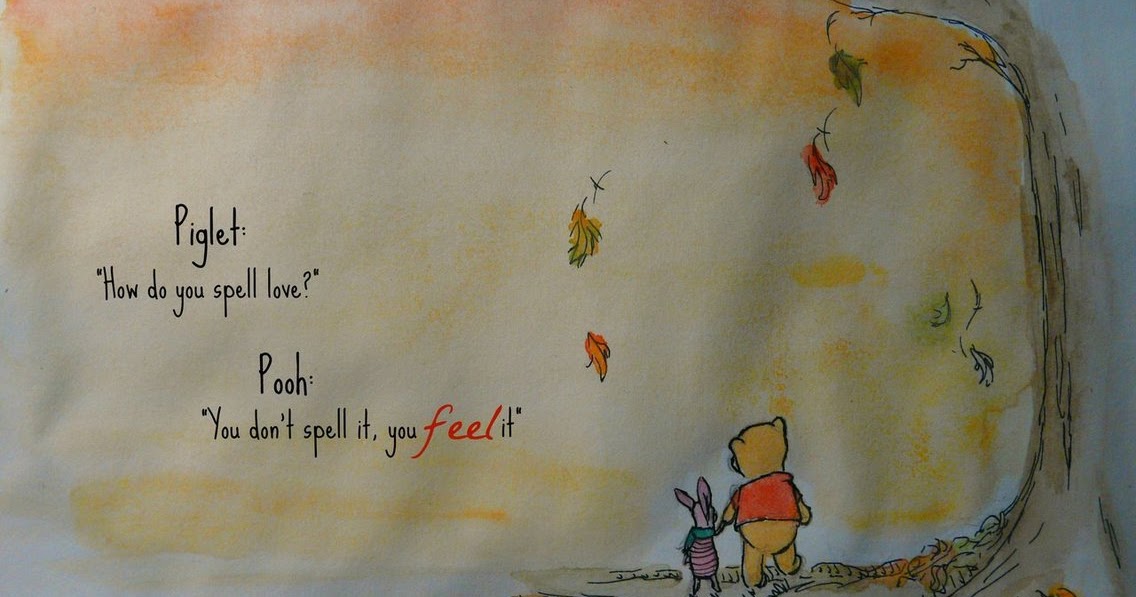 number number | ||
|---|---|---|---|
| male | women | avg. | |
| taught | taught | taught | taught |
| Unit number | Mn. number |
|---|---|
| learn | learn |
| present | past |
|---|---|
| teaching | teaching, teaching |
| Unit number | Mn. number | |||
|---|---|---|---|---|
| male genus | Female genus | Middle gender | ||
| Im. | student | student | teaching | students |
| Gen. | student | learning | student | students |
| Ref. | student | learning | student | students |
Vinit.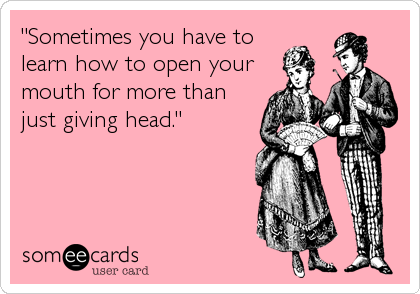 shower | student | learning | teaching | students |
| Vinit. inanimate | student | learning | teaching | students |
| Tv. | students | student, student | students | students |
| Prev. | learning | learning | learning | students |
| Cr. incl. | - | - | - | - |
| Unit number | Mn. number | |||
|---|---|---|---|---|
| male genus | Female genus | Neutral | ||
| Im. | learned | learning | learned | learners |
| Gen. | uchimago | uchima | uchimago | students |
| Ref. | to learn | uchima | to learn | learning |
| Vinit. shower | uchimago | learning | learned | students |
| Vinit. inanimate | learned | learning | learned | learners |
| Tv. | learning | learn, learn | learning | Uchimi |
| Prev. | learning | uchima | learning | uchimy |
| Cr. incl. | learning | learning | uchimo | uchima |
| Unit number | Mn. number | |||
|---|---|---|---|---|
| male genus | Female genus | Neutral | ||
| Im. | taught | teaching | taught | taught |
Gen.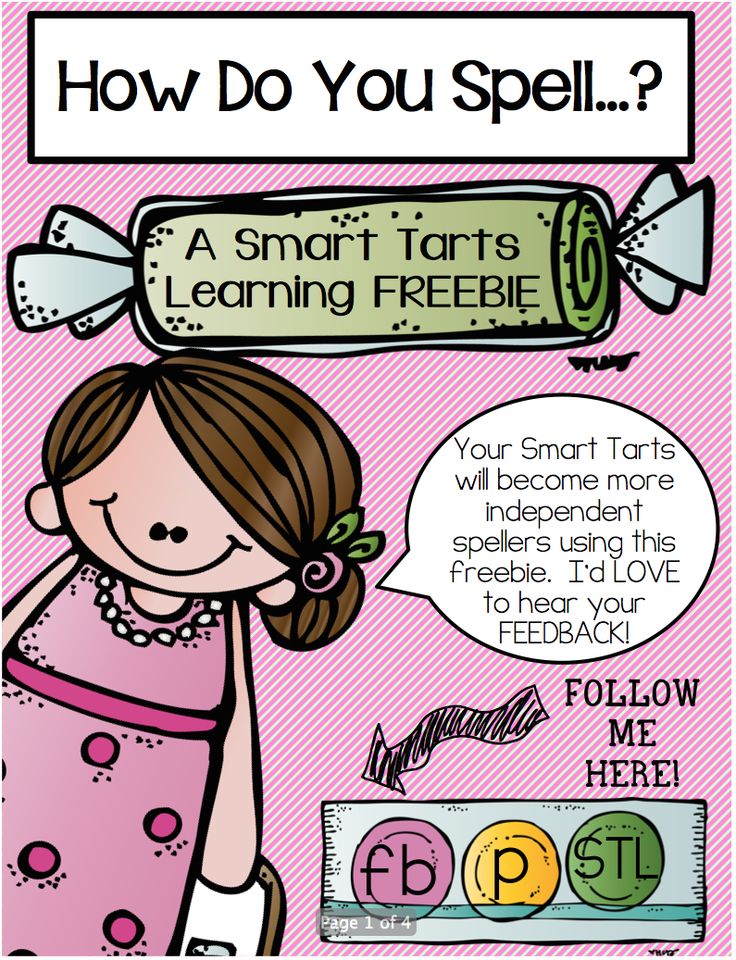 | who taught | who taught | who taught | taught |
| Ref. | teaching | who taught | teaching | who taught |
| Vinit. shower | who taught | taught | taught | taught |
| Vinit. inanimate | taught | taught | taught | taught |
| Tv. | who taught | taught, taught | who taught | taught |
| Prev. | who taught | who taught | who taught | taught |
| Cr. incl. | - | - | - | - |
| Unit number | Mn. number | |||
|---|---|---|---|---|
| male genus | Female genus | Neutral | ||
Im.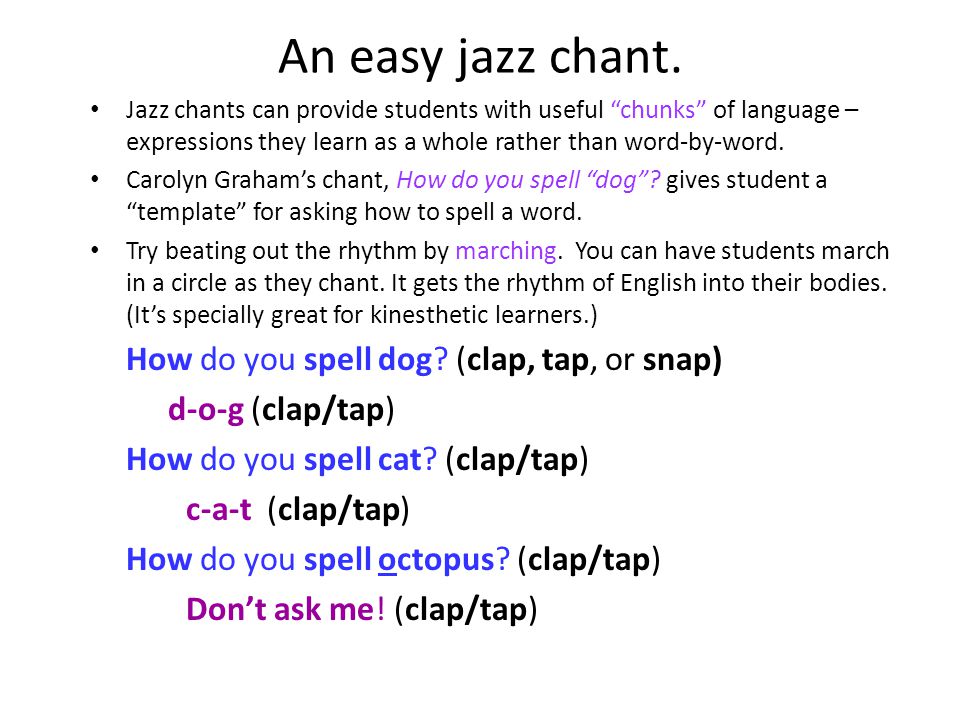 | ||||

